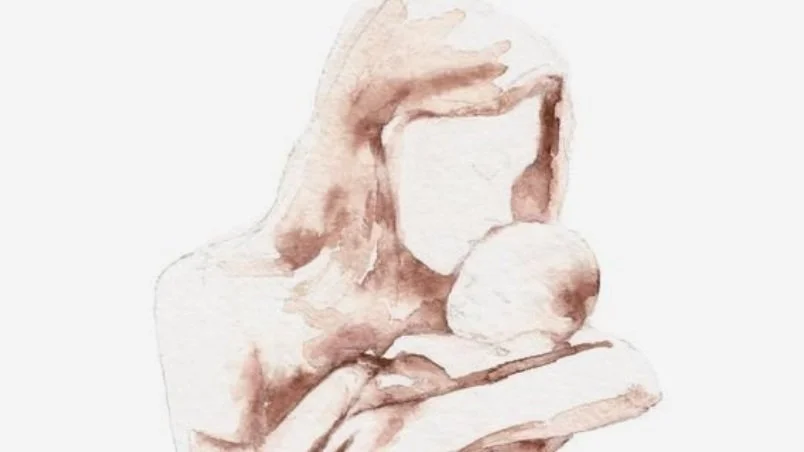WHAT HAS HAPPENED?
The recent Coronavirus pandemic has caused many people to experience shifts in their daily routines and work lives due to the implementation of social distancing protocols and other widespread adoptions of public health measures. Specifically, one of the most significant shifts with the closure of schools and offices has been the incorporation of remote work. However, this transition has created an increasingly challenging environment for many working women and, more particularly, mothers, with them having to balance home work (i.e. cleaning and cooking), care work (i.e., childcare, taking on the role of educators), and paid work. This unfortunately has led to a prominent decline in mothers in the workforce, impacting not only their personal lives, but also the gender labor inequalities that already exists.
Although in recent years the gender division of labor between men and women has slowly evolved towards more equal measures, pre-existing gender roles have still often maintained that mothers are expected to take on a disproportionate share of housework and caregiving responsibilities. As the recent pandemic hit, these inequalities started to become more and more pronounced, as mothers found themselves navigating a super challenging and stressful atmosphere. These unequal distributions of the caregiving burden that mothers faced during the pandemic only underscore the issue at hand.
What are our mothers at risk of?
Due to how the recent pandemic has significantly impacted the lives of working mothers and led them to quit the workforce completely, there has been somewhat of a ripple effect contributing to a number of interconnected consequences. For example, mothers who have left the workforce or who are out of work likely experience the following: educational and professional disruptions, economic insecurity and strain, and mental health challenges.
Mothers who are experiencing job insecurity and financial or economic strain during pandemics are also more at risk of facing a multitude of additional implications and vulnerabilities that could further impact their well-being and stability. These include: potential social isolation and high levels of loneliness, food and housing insecurity, increased stress, depression, and anxiety, limited access to health-care, childcare challenges, as well as higher risks of domestic violence. Additionally, the children of these mothers will face harsh consequences on their basic fundamental needs and well-being due to how their mothers’ economic strain is directly tied to their daily living conditions.
Who is most vulnerable?
Majority of leisure, hospitality, and retail jobs that disappeared during the pandemic left mothers with jobs in these fields without work. This includes mothers who worked in education, health services, and other certain service industry jobs.
Black and Hispanic mothers are among the most vulnerable groups facing job-related challenges in the aftermath of Covid-19.
This is also the same for single mothers.
Mothers whose children’s schools and or childcare facilities shut down due to public health measures.
Low-income families and mothers facing economic insecurity pre-pandemic.
Mothers with limited higher education.
Mothers with health challenges or mothers who have children with health challenges.
Mothers who have limited social support and those who have limited access to resources in the community.
Mothers in abusive, threatening, isolating, or controlling relationships who are unable to escape and find protection and support.
